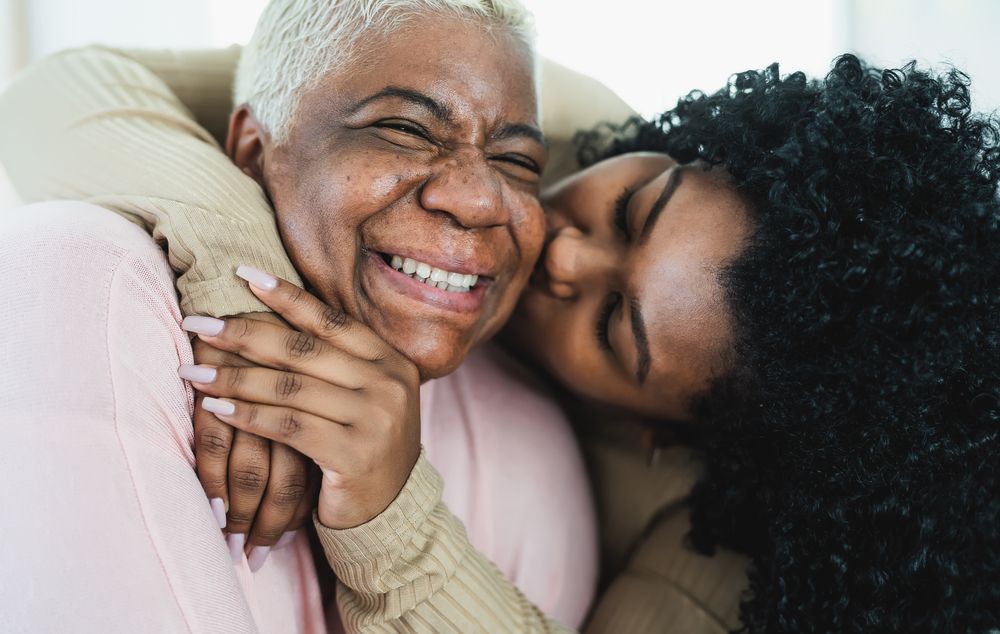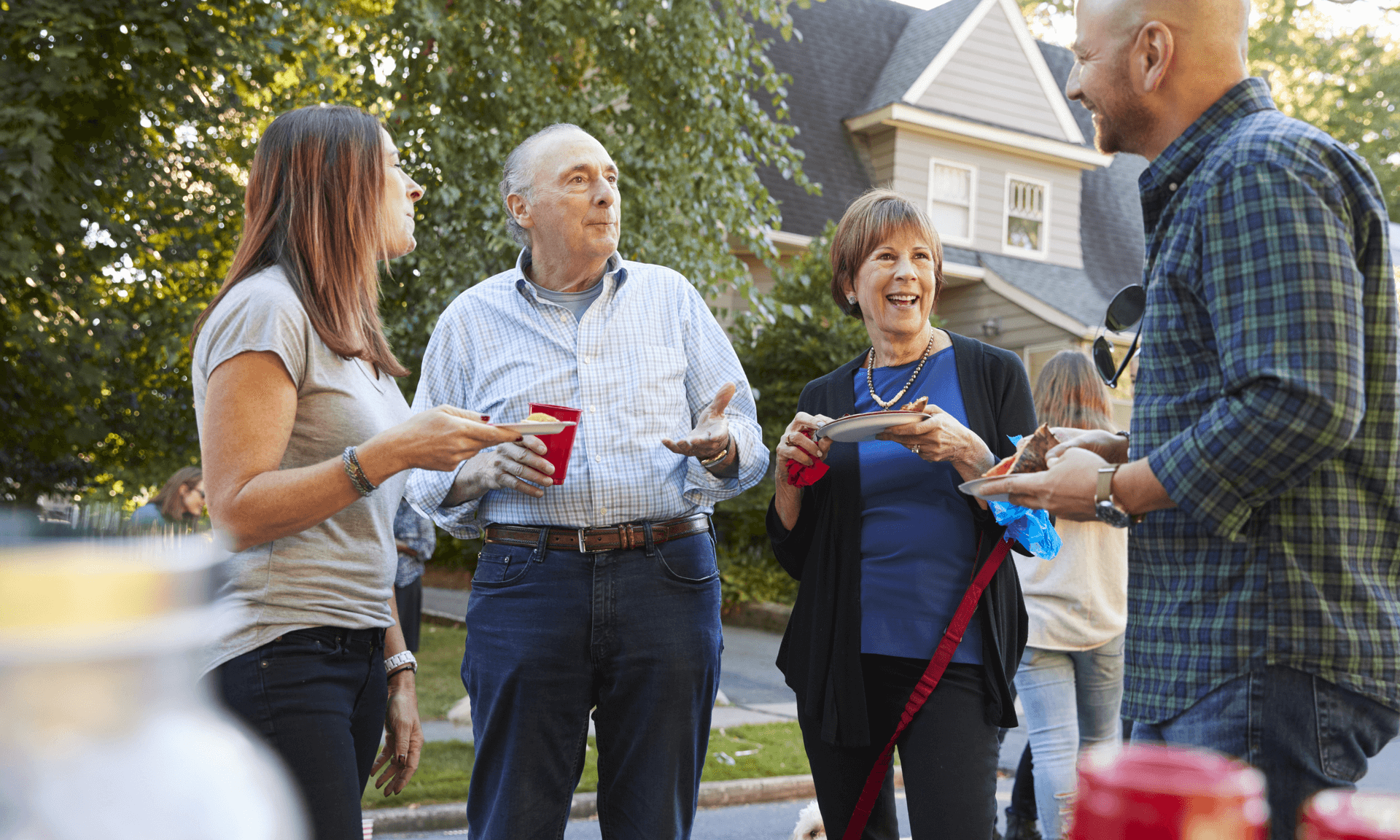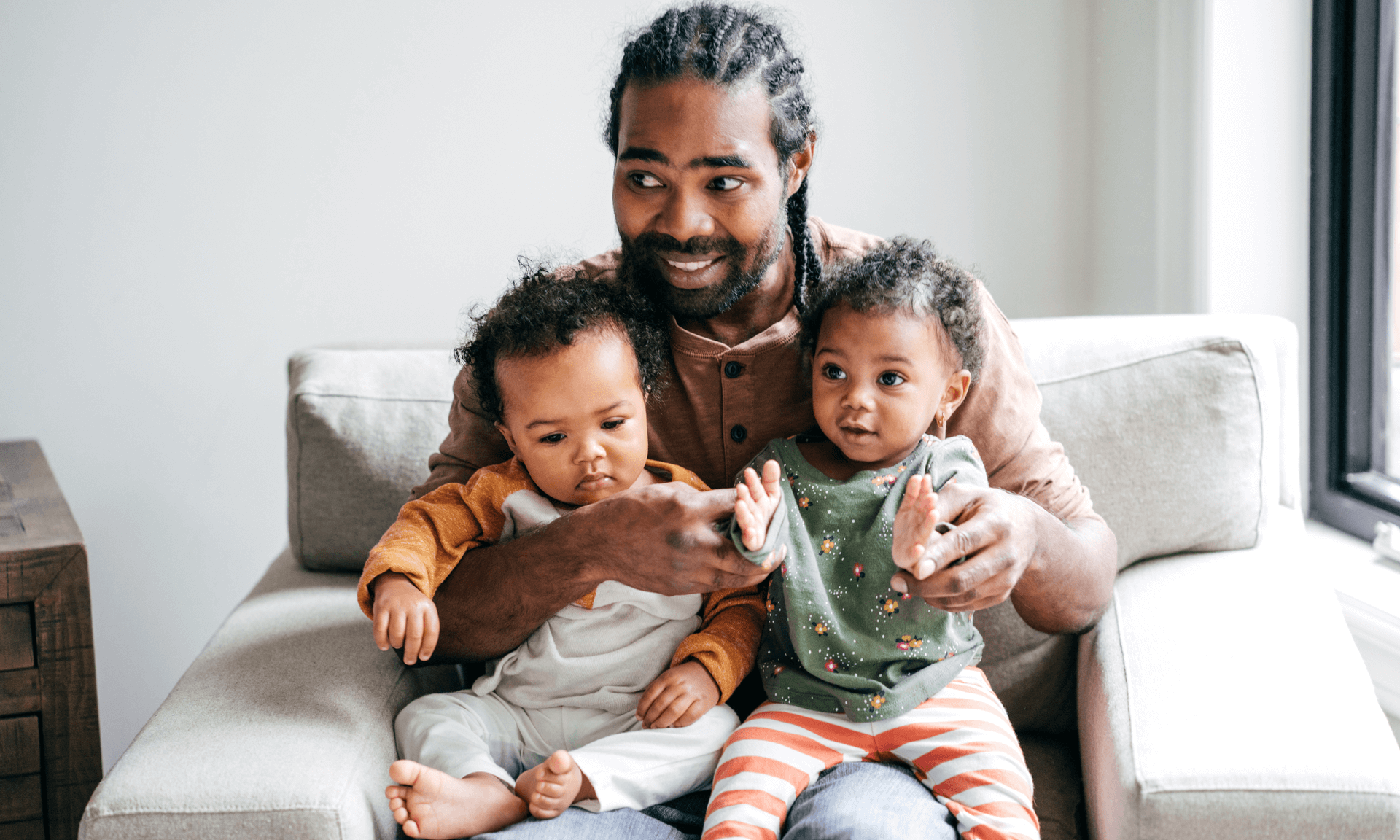Emotional abuse can have serious ongoing impacts on survivors. It can cause low self-esteem, isolation, and even mental health conditions such as anxiety or PTSD.
But with time and the right support and resources, it is possible to process and heal from emotional abuse and regain your confidence and sense of self.
RAQ Relationship Educator Gamze shares her insights and advice around emotional abuse here, including:
- What is emotional abuse?
- Why might someone emotionally abuse their partner?
- Impacts on survivors
- Leaving an abusive relationship
- Coping strategies to heal from emotional abuse
- Where to get help.
What is emotional abuse?
Emotional abuse is a form of abuse that has been overlooked in the past, but we’re exploring what it is and its effects more recently.
Domestic violence, including mental and emotional abuse, is a crime in Australia and many other countries.
Unlike physical abuse, emotional abuse often goes unnoticed and can be difficult to identify. It can involve the use of words, actions, and/or behaviours.
It can come in many forms such as:
- Constant criticism, belittling or humiliation including yelling and name-calling
- Emotional neglect through withholding affection, attention, and/or support
- Gaslighting, which involves denying or trivialising the person’s feelings or experiences, lying or distorting the truth, projecting their own faults onto the other person, and isolating the other person from family and friends who might support them
- Controlling the person’s behaviour, such as what they wear, where they go, or who they see or spend time with
- Threatening to harm the other person or someone they care about (including pets) as a way to control and manipulate them.
You can learn more in our blog post What’s an emotionally abusive relationship?
Why might someone emotionally abuse their partner?
Emotional abuse is a complex issue, so the motivation of the person who is emotionally abusing their partner can vary.
It’s important to highlight that regardless of the reason, emotional abuse is never OK and cannot be justified. Sometimes, understanding why something is happening can help people to process their emotions and thoughts better and can increase their motivation to make changes.
These are some of the reasons why someone might emotionally abuse their partner.
Power and control
One of the primary reasons why someone may emotionally abuse their partner is to gain power and control over them, their thoughts, feelings, and behaviour. This usually happens due to their sense of feeling inadequate as a person or partner, or out of fear of losing their partner.
Childhood experiences
Emotional abuse can be a learned behaviour through being exposed to or experiencing abuse in their childhood. Someone who has grown up with parents or carers who use emotional abuse – and other forms of abuse – may not see how this behaviour is harmful and go on to follow the same patterns in their adult relationships.
Mental health issues
People with certain mental health conditions or personality disorders may be more prone to emotionally abusing their partner. Where abuse is present, there may be an underlying mental health issue.
Impacts on Survivors
Survivors of emotional abuse often experience long-lasting negative impacts on their overall wellbeing, including their physical wellbeing.
These are just some of the potential impacts of emotional abuse on a survivor.
Low self-worth
Emotional abuse can make a person feel worthless and unimportant. They may begin to think they’re not deserving of love, respect, or happiness. In some cases, survivors might blame themselves for the abuse, which can lead to feelings of shame and further isolation.
Increased self-doubt and trust issues
Survivors might doubt their ability to make the ‘right decisions’ when it comes to relationships, and struggle to trust others and their motivations. This may get in the way of forming healthy close relationships.
Difficulty regulating own emotions
Survivors of emotional abuse may struggle to regulate strong emotions and feel easily overwhelmed. This can make it hard to maintain relationships.
Post-traumatic stress disorder (PTSD)
Emotional abuse can be traumatic, and in some cases, can lead to PTSD. Victims may experience flashbacks, nightmares, and other symptoms commonly associated with trauma.
Anxiety and depression
Ongoing isolation and criticism may cause long-lasting anxiety and depression. Survivors may feel hopeless and on edge more often than someone who hasn’t experienced emotional abuse.
Physical issues
In some cases, emotional abuse can cause chronic headaches, digestive issues, chronic pain, and other physical health problems.
We list more common effects of domestic abuse here.
Leaving an Abusive Relationship
If you’re considering leaving an abusive relationship, please keep in mind that it can be a dangerous process. The period that follows leaving an abusive partner can be the most dangerous time for a survivor.
It’s a good idea to seek professional help to find ways to stay safe. A domestic violence service or counsellor can help you come up with a safety plan to prioritise keeping yourself (and your children, if any) safe while you’re leaving the relationship. You can call us on 1300 364 277 to make an appointment to speak to a counsellor.
It’s also important to know that paid family and domestic violence leave is now available for some Australian employees.
Full-time, part-time, and casual employees of medium and large businesses can now access 10 days of paid family and domestic violence leave in a 12-month period. Employees of small businesses can access the leave from 1 August 2023.
This leave is intended to allow survivors to make arrangements and attend appointments required to deal with the impact of abuse without losing wages.
We offer practical steps to increase your safety after leaving an abusive relationship here.
Coping strategies to heal from emotional abuse
- Acknowledge the abuse: When we can address what has happened, it becomes easier to understand and process the impact of the abuse. This is the first step to start working on healing and having a healthier life.
- Take time to grieve: It’s important to grieve for what you hoped for yourself and your relationship as well as your ‘old self’ before the abuse. You may experience different emotions such as sadness, anger, loneliness, and confusion. Allow yourself to experience these emotions and express them in a healthy way.
- Seek help: As we’ve explored here, emotional abuse can create several long-lasting impacts on the survivor. You don’t have to deal with them alone. A domestic and family violence trained counsellor can help you understand what you’ve been through, including the impact of the abuse, and help you look for ways to heal in your own time. It can also be helpful to join support groups or reach out to trusted friends or family members to manage the feelings of isolation and loneliness.
- Do things that bring joy and increase your self-worth: Spend time nurturing parts of you that have been impacted by the abuse by doing things that bring you joy. Some people find exercising, resting, eating a balanced diet, journalling, meditation, or spending time with close friends bring them joy and fulfilment.
- Forgive yourself: Feelings of self-blame and shame are common for survivors of emotional abuse. Find ways to forgive yourself and see if you can sit with the thought that the abuse was not your fault, and you did not deserve to be treated that way. Seek self-compassion for the actions you might have taken to protect yourself and your loved ones during the abuse.
- Set boundaries: If the person who has abused you is still in your life, set clear and healthy boundaries to protect yourself from further impacts of the abuse. This can help you feel in control of your life and contribute to your sense of self. It can be tricky to set boundaries to start with. Seek help if you are struggling with boundaries and be patient with yourself as you learn to navigate life after the abuse.
Where to get help
You deserve a life free from abuse. You deserve to be loved in a respectful way, and you don’t have to heal alone. Reach out for help and prioritise your safety and wellbeing.
Our counsellors can help you process your experience in a safe environment free from judgement.
They can work with you to explore your options and refer you to the appropriate support, including legal action where necessary.
You can learn more about our counselling service here, or call 1300 364 277 to book an appointment in person, over the phone, or via Zoom video call.









